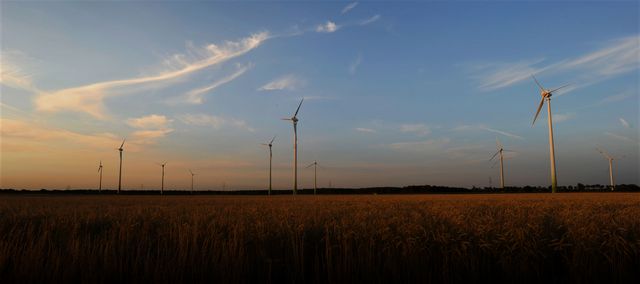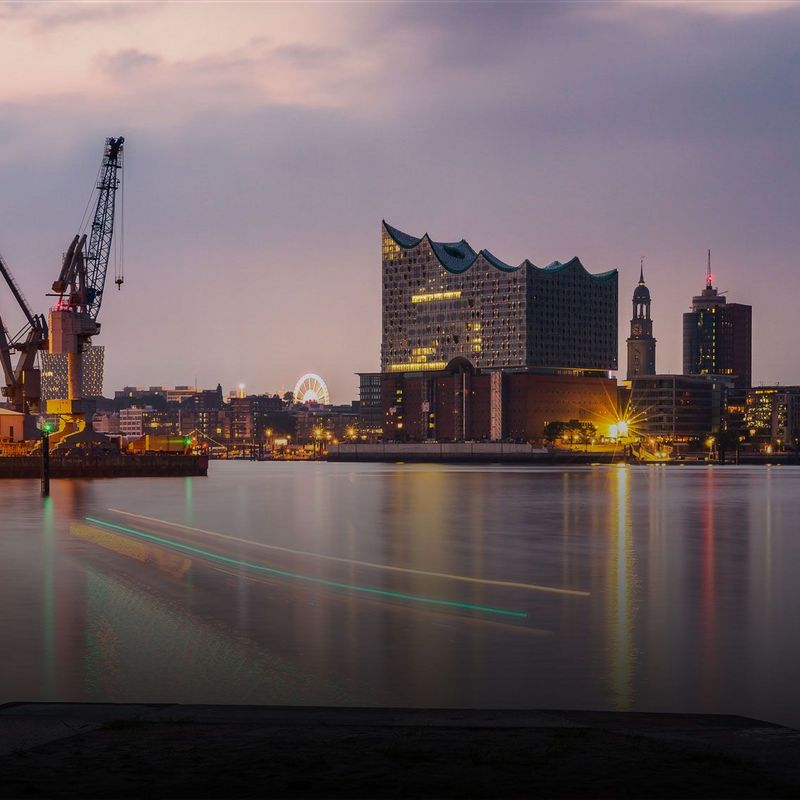1 February 2017
Wind turbines provide clean energy for a sustainable energy future. Recently, however, four of the giant wind turbines have simply snapped like straws. Experts put the damage at several million Euro. Christian Hering, Specialist Manager Wind Energy of the TÜV NORD certification body, explains why modern wind turbines are still among the safest built structures in Germany.
It looks like a fallen giant: The wind turbine, weighing many tonnes, has keeled over and is lying on the field in a state of complete devastation. The installation with its huge rotor blades is so big and so robust that it is usually easily recognisable from a distance of many kilometres. Now that it is lying on the ground, however, the wind turbine suddenly appears small and fragile.
Images of this kind have been commonplace in the media in recent weeks: No fewer than four wind turbines have recently toppled over in Lower Saxony, Brandenburg, Saxony and Mecklenburg-Western Pomerania. Experts put the damage in each case at several million Euro; fortunately, none of the incidents has resulted in injury to people. This is an unusual series of accidents and has raised louder concerns regarding the safety of wind turbines.
“The installations are subject to strict regulations and must satisfy the highest safety standards.”
Despite the accidents, modern wind turbines are fundamentally safe, says Christian Hering, Specialist Manager of Wind Certification at TÜV NORD: “The installations are subject to strict regulations and must satisfy the highest safety standards.” International comparison even reveals that the requirements for their design and subsequent testing are more stringent in Germany than elsewhere in the world. “The wind turbines are inspected by testing organisations at least every two years. If the operator has signed a maintenance contract with the manufacturer, then the installations must be tested every four years,” Hering continues. Exactly which testing cycle applies is determined by a directive of the Deutsches Institut für Bautechnik (DIBt).
As is the case with the TÜV tests for cars or lifts, all the component parts of wind turbines are inspected by experts for functionality, safety and defects. These include the tower, the foundations and the rotor blades along with the electrical systems and the mechanical engineering. “With modern wind turbines in mint condition we don’t see any elevated risk,” says Christian Hering.
“With modern wind turbines in mint condition we don’t see any elevated risk.”
This was by no means always the case. Twenty years ago, the safety standards were not as well developed as they are today. “For many authorities, the construction of new wind turbines was uncharted territory. In some cases, the requirements the turbines had to satisfy and possible effects on the structure weren’t yet known,” Christian Hering explains. The components of wind turbines are not designed to last forever; today's turbines are generally expected to last for 20 to 25 years - at which point they either need to be completely replaced by modern installations or rendered fit for continued operation by means of intensive inspections. Wear parts require earlier replacement.
Exactly why four wind turbines should have failed around the same time, Christian Hering can only speculate. Loose screws, fatigue of the bolts, or overspeed or breakages on the part of the rotor blades causing them to hit the tower - there are many possible reasons. Experts are now considering which components caused the accidents, and whether these need to be more precisely monitored in the future.
According to the German Wind Energy Association (BWE), six or seven such incidents take place each year on average. Measured against the 26,500-or-so installations in Germany, the number of accidents nationwide is very low: Only 0.03 percent of wind turbines are affected every year by catastrophic accidents of this kind.
FOUR DISASTERS AND ACCIDENTS IN FOUR WEEKS
- In the Lower Saxon municipality of Neu Wulmstorf near Hamburg, a wind turbine measuring almost one hundred metres in height toppled over in January. The assumption is that it was unable to withstand the strong gusts of wind – the exact causes are, however, still being investigated. The installation was a write-off.
- In Zichow (Uckermark district, Brandenburg, Germany), also in early January, one of the rotor blades of a 130-metre wind turbine buckled. The whole blade was threatening to snap off, thereby endangering traffic on the nearby B 166 trunk road - which had to be completely closed for hours.
- At the end of December, a wind turbine in the windfarm at Sitten bei Leisnig in the state of Saxony snapped in two. Initial findings indicate that a rotor blade failed, possibly impacting the tower and causing a dent that destabilised the whole structure. It is also possible that the failure was the result of a drastic imbalance brought about by the breakage of the rotor blade that immediately preceded the collapse.
- Last December, in Grischow near Grimmen, Mecklenburg-Vorpommern, a wind turbine snapped in two and crashed down onto a field in an incident similar to the most recent case near Hamburg. All that remained standing was a stump measuring roughly 25 metres in height.
None of the incidents resulted in injury to people.
YOU MAY ALSO LIKE
ABOUT CHRISTIAN HERING
© privat
Christian Hering is Specialist Manager Wind Energy of the TÜV NORD certification body. The former passionate triathlete has been working in the wind energy division for the last 14 years.
WIND ENERGY - FACTS & FIGURES
Energy supply in Germany is becoming increasingly “green”. Wind power is the most important renewable energy source. Its share of gross electricity generation last year was 12.3 percent - more than any other regenerative energy source. For comparison: The share of photovoltaics is just under six percent.
There are now approximately 26,500 wind turbines in Germany. Their total installed output is approximately 42,000 megawatts (MW). Lower Saxony alone generates a share of around 8,600 MW, thereby taking the number-one ranking - followed by the wind-rich Länder of Brandenburg, Saxony-Anhalt, Schleswig-Holstein and North Rhine-Westphalia.
Wind power is also creating jobs: The wind industry has about 150,000 employees.
Sources: Bundesverband Windenergie, last revised December 2015; BMWI, last revised December 2016



